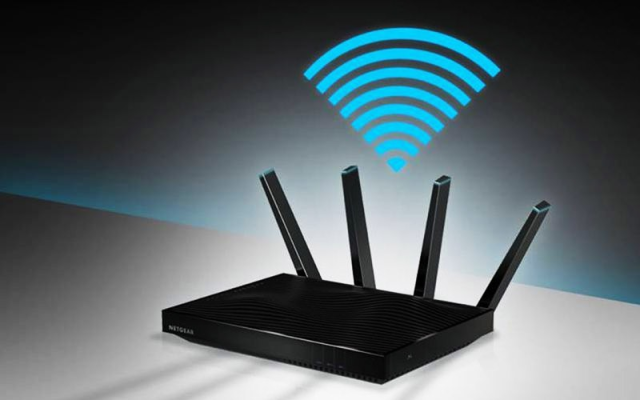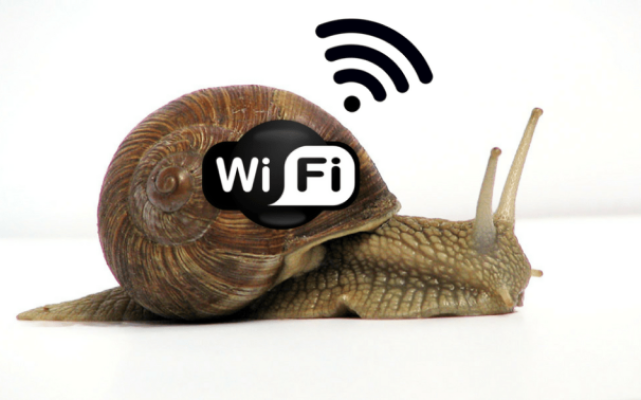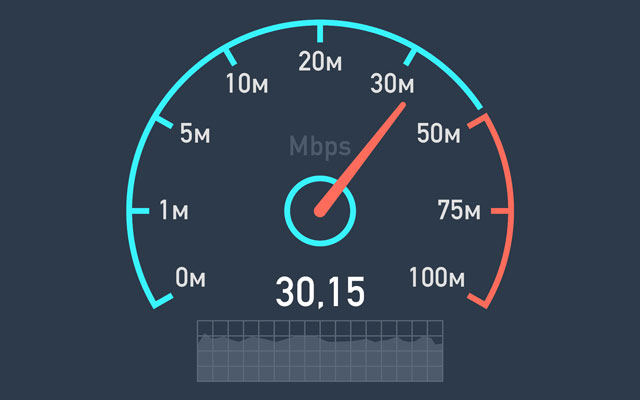What Is Wifi? Definition and Different Types of Wifi Connections
What is wifi? What is mesh wifi? What is the difference between Ethernet and Wifi connections? This article will answer these questions stuck in your head a simple way. Let’s explore!
.jpg) WiFi definition
WiFi definition
What is wifi?
Wifi, standing for wireless fidelity, is a type of internet connection that uses radio waves to carry data between devices. It allows you to connect devices that may be too far from an Ethernet cable.

What's a WiFi technology?
This can be very helpful for getting online quickly on the go so that you don't need to rely on your cell phone's data plan or incur any other charges. It also can be used to connect computers and other devices in order to share files or have specific functions in one computer use the functions of another computer in a process known as tethering.
Whether you're a business traveler or a college student, you can benefit from wifi and other wireless technologies. It’s because of the convenience and mobility wifi offers, an increasing number of people are using it on a daily basis.
What is mesh wifi?
Mesh WiFi is a whole-house WiFi system that eliminates dead zones and ensures continuous WiFi coverage throughout your home. Mesh routers allow quicker speeds, increased coverage, and a more dependable connection for devices on your network.
.png)
What is a mesh wifi system?
What is wifi direct?
Wi-Fi Direct is a Wi-Fi standard for peer-to-peer wireless communications that enables two devices to develop a direct Wi-Fi connection without the use of a wifi access point or router.
What is Google wifi?
Google Wifi is a wifi network system that emits a strong signal and works widely within the residential area. Therefore, no matter where you use the Internet in the house: the living room, the kitchen area, or the basement area, you will receive a strong wifi signal.
.jpg)
Google WiFi
What is a wifi router?
A WiFi router is a device that operates as a router but also as a wireless access point. It is used to give Internet or private computer network connectivity.
It makes no difference how fast your internet connection is if you are unable to deliver that speed to your devices. WiFi routers are frequently the bottleneck that prevents you from achieving the required speeds.
As a standard guide, your WiFi router should be at least as fast as the internet speed for which you are paying.
.png)
What is a portable wifi router
What is wifi calling android? What is wifi calling iPhone?
WiFi calling is the smart alternative to expensive voice roaming. It allows you to make and receive calls from anywhere in the world that has wifi access even if your wireless phone signal is poor or non-existent.
In addition to allowing you to save your limited cellular network minutes and texting plan services, WiFi calling can help improve call quality in some situations. Moreover, this feature is built into most devices, so there are no separate applications needed.
What is the downside of wifi-calling? First, inadequate signal strength can lead to poor voice call quality and dropped calls. If you are staying at airports, stadiums, and other crowded venues where the network is overloaded, WiFi connections may lag. Secondly, WiFi calling is not supported by certain devices.
.png)
What is wifi calling on iphone
You must have a smartphone equipped with integrated WiFi calling capabilities. The third disadvantage of wifi calling is restrictions on international calls. When traveling abroad, for example, the major providers offer WiFi calls to the United States but not to other countries. Consult your carrier's website for specific restrictions.
|
Related: |
How does WiFi work?
A wireless, or WiFi, network connects your devices, including computers, printers, and smartphones, to the Internet and one another by radio frequency signals rather than cables.
Any wirelessly capable device, like a laptop or tablet, may detect the WiFi signal within a specific range in all directions.
.jpg)
The working principle of WiFi
Types of WiFi networks
Wireless local area networks (Wireless LAN), wireless metropolitan area networks (Wireless MAN), wireless personal area networks (Wireless PAN), and wireless wide area networks (Wireless WAN) are the four different kinds of WiFi networks, each having a distinct function.
For more information, look at this infographic!
.jpg)
Different types of WiFi connection
5G introduces wireless options
A potential 5th type of WiFi, bigger than a WAN but smaller than most MANs, has been suggested at by the arrival of 5G.
In order to set up a wireless network for this type of connection, a certain 5G-compatible router or a 5G-enabled device is needed.
Compared to 4G, 5G is quicker and more effective, offering a dependable, fast connection with significantly less latency.
When it comes to heavy multi-device usage—such as gaming, streaming, or home automation—this is the best choice available.
.jpg)
5G connection
What is the difference between 2.4ghz and 5ghz wifi?
2.4 GHz and 5 GHz are commonly used to refer to the frequency band. Wi-Fi devices typically communicate with each other by transmitting Wi-Fi signals over the 2.4 GHz or 5 GHz radio bands.
-
What is 2.4 ghz wifi? With a maximum speed of 150 Mbps, the 2.4 GHz wifi provides a wide coverage area and is more effective at penetrating solid objects. It has a limited data range and is extremely susceptible to interference and disruption.
-
What is 5ghz wifi? The 5 GHz wifi provides a greater data range with minimal interference and a significant increase in internet speeds for home wifi, but it has a limited coverage area and is ineffective at penetrating solid things.
.jpg)
2.4ghz vs 5ghz WiFi
What is the difference between WiFi and Ethernet?
-
Wifi
WiFi uses radio waves to provide wireless high-speed internet and network connections. A WiFi connection is established using a wireless adapter to create hotspots. WiFi antennas size is small enough to be placed on a very small router.
-
Ethernet
Ethernet is the most widely used LAN technology, which is defined under IEEE standards 802.3. The reason behind its wide usability is Ethernet is easy to understand, implement, maintain, and allows low-cost network implementation. Ethernet generally uses Bus Topology. Ethernet operates in two layers of the OSI model, Physical Layer, and Data Link Layer.
Take a look at the key differences between wifi and ethernet:
|
No |
Wifi |
Ethernet |
|
1 |
It is a wireless networking technology that enables mobile devices to connect wirelessly. |
It is a standard communication protocol that is commonly used in wired local networks. |
|
2 |
IEEE 802.11x standards define WiFi, where x denotes the various WiFi versions. |
Ethernet is the alternative name for the widely used Packet Switched LAN technology. |
|
3 |
Wi-Fi doesn’t require wires and ports. |
Ethernet demands extensive wiring, which eliminates mobility. |
|
4 |
Flexible in nature. |
Flexible in nature. |
|
5 |
It provides mobility and flexibility but has a higher rate of delay and is less efficient in comparison. |
It facilitates data transport at a faster rate and is more efficient. |
|
6 |
Easy to install and deploy. |
Difficult to install and time-consuming. |
|
7 |
Encrypted data is transmitted through a wireless network. |
Ethernet does not require encryption of data transfer. |
|
8 |
Data transport is slower than that of Ethernet. |
It has a higher data transfer speed than Wi-Fi. |
Source: Geeksforgeeks
Wi-Fi, short for Wireless Fidelity, is a technology based on RF (radio frequency) that uses high frequency electromagnetic waves to allow devices (martphone, tablet, or computer) to communicate with each other without being physically connected.
Due to the fact that they connect via airwaves, your gadgets and personal information are susceptible to hackers, cyber-attacks, and other risks.
This is particularly true when connecting to a public Wi-Fi network in public locations such as a coffee shop or airport. When feasible, connect to a password-protected wireless network or a personal hotspot.
Conclusion
Devices including laptops, desktop computers, wearables, smartphones, and other mobile devices can connect to the Internet thanks to Wi-Fi, a wireless networking technology. It also makes it possible for these and a lot more gadgets to exchange information with one another and establish networks. We hope our article on “What is WiFi?” has provided you with helpful information!


.jpg)



0 Comments
Leave a Comment
Your email address will not be published. Required fields are marked *